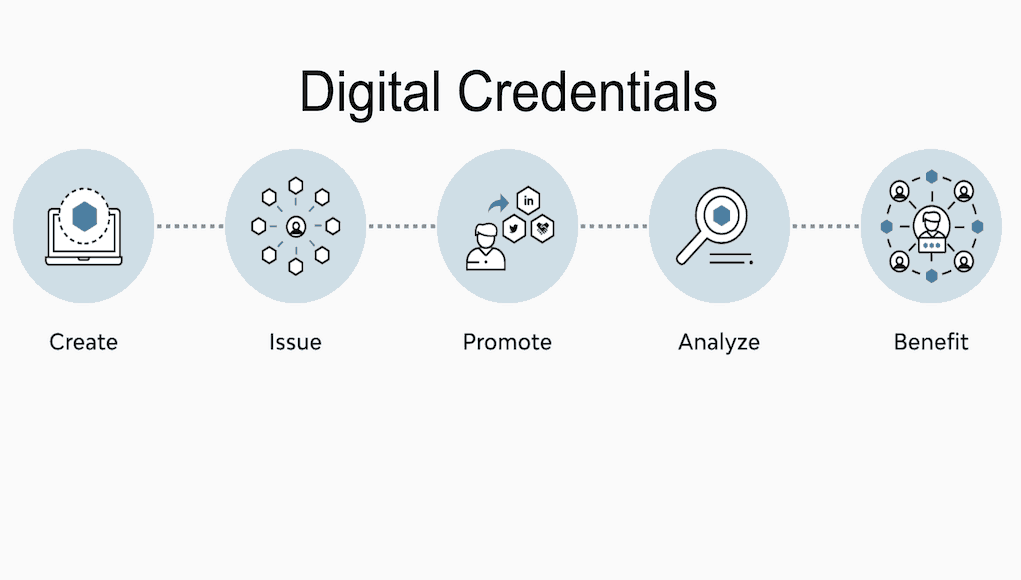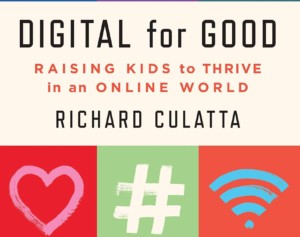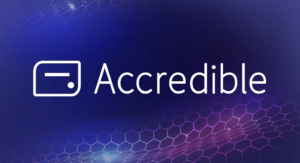Leading the Show What You Know Revolution: Digital Credentials From Credly

“I was having a tough time finding a job as my computer skills were considered out of date and the IBM badges were the perfect way to show employers that I could easily get back up to speed and learn new skills,” said information architect Coletta Teske.
The digital badges Teske earned in her data science courses were hosted by Credly, a venture-backed startup reinventing how credentials are used to recognize achievement and contribution.
Jonathan Finkelstein founded Credly (@Credly) in 2012. Two years later Peter Janzow (@pjanzow) helped Pearson launch Acclaim. Both organizations were founded on empowering individuals with credentials that communicated their capabilities. Credly acquired Acclaim in 2018.
Janzow leads business and partnership development for the combined entity including businesses like Dell, IBM and Oracle which use Credly to turn knowledge, skills and abilities into a common, verified language. They also enable colleges and industry associations to help learners connect with employers.
For individual learners, digital credentials (also called microcredentials) can organize a course of study, create choices in how to demonstrate learning and control how they share credentials.
IBM was an early leader in creating and issuing badges. They have issued over a million credentials to learners within and outside the company.
Janzow sees growing interest in digital credentials in higher education, particularly in continuing education. Many universities are expanding access to short courses and boot camps—short skill sprints that lend themselves to badging. “Work experiences and other non-transcripted achievements also lend themselves to badges,” add Janzow.
While some issuers represent entire degrees with badges, Janzow doesn’t think they’ll replace courses and grades any time soon. “Grades will persist, but how we get to grades is expanding,” explained Janzow.
Metadata associated with badges may include information about the experience, details on skills and competencies, artifacts and evidence of learning and testimonials from instructors or observers.
With tens of millions of users, Credly is capturing what Janzow sees as a treasure trove of data which will yield insights into work and learning. Artificial intelligence is increasingly being used to recommend learning experiences and discover people eligible for opportunities—jobs will find you.
In a recent report, we noted that with more relevant expressions of learning goals and more accurate demonstrations of growth, the world is shifting to competency. Credly is helping to lead the way with digital credentials that are flexible, portable and meaningful ways to communicate capabilities.
For more, see:
- How the Micro-Credential Revolution is Transforming Professional Learning
- How Teachers and Leaders Can Promote Personalized Learning
- Scaling Competency-Based Education: Equity-Focused Strategies for Policy and Practice
This post is a part of the Getting Smart Future of Work Campaign. The future of work will bring new challenges and cause us to shift how we think about jobs and employability — so what does this mean for teaching and learning? In our exploration of the #FutureOfWork, sponsored by eduInnovationand powered by Getting Smart, we dive into what’s happening, what’s coming and how schools might prepare. For more, follow #futureofwork and visit our Future of Work page.
Stay in-the-know with innovations in learning by signing up for the weekly Smart Update.
This post was originally published on Forbes.









0 Comments
Leave a Comment
Your email address will not be published. All fields are required.